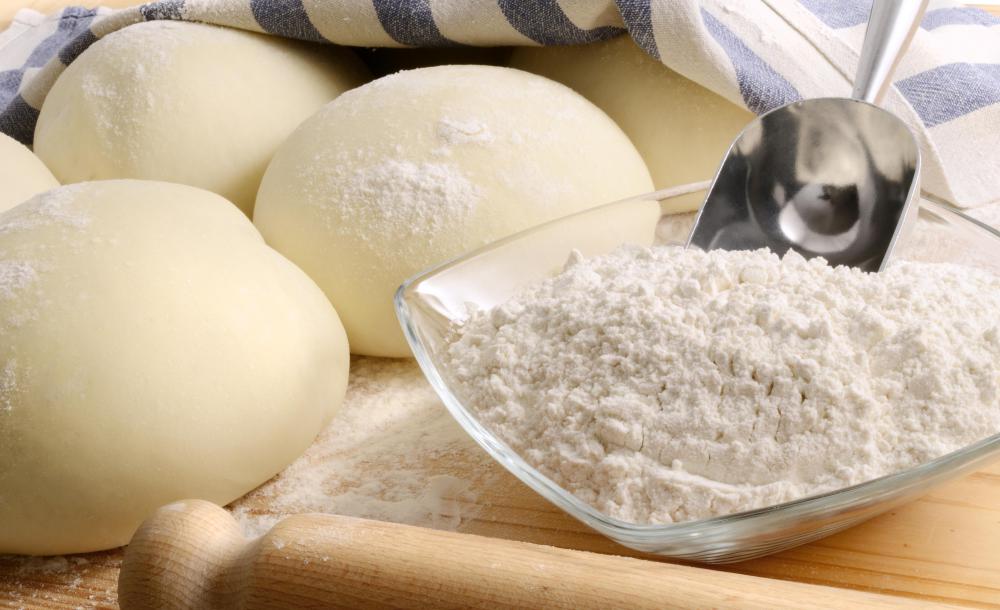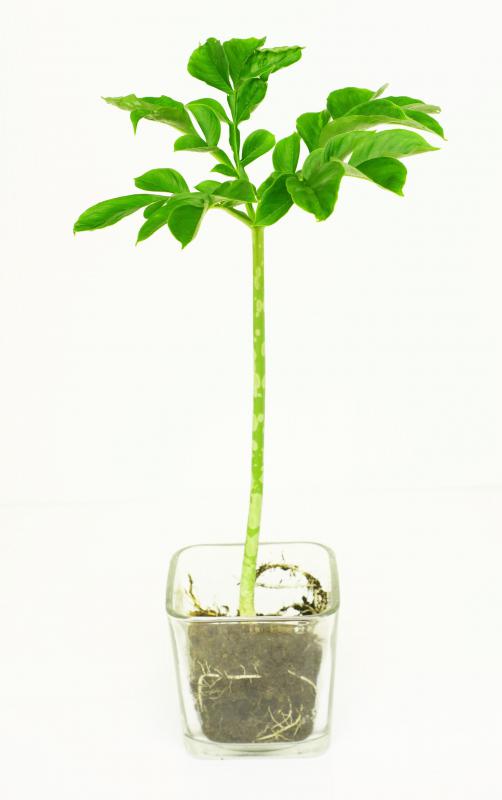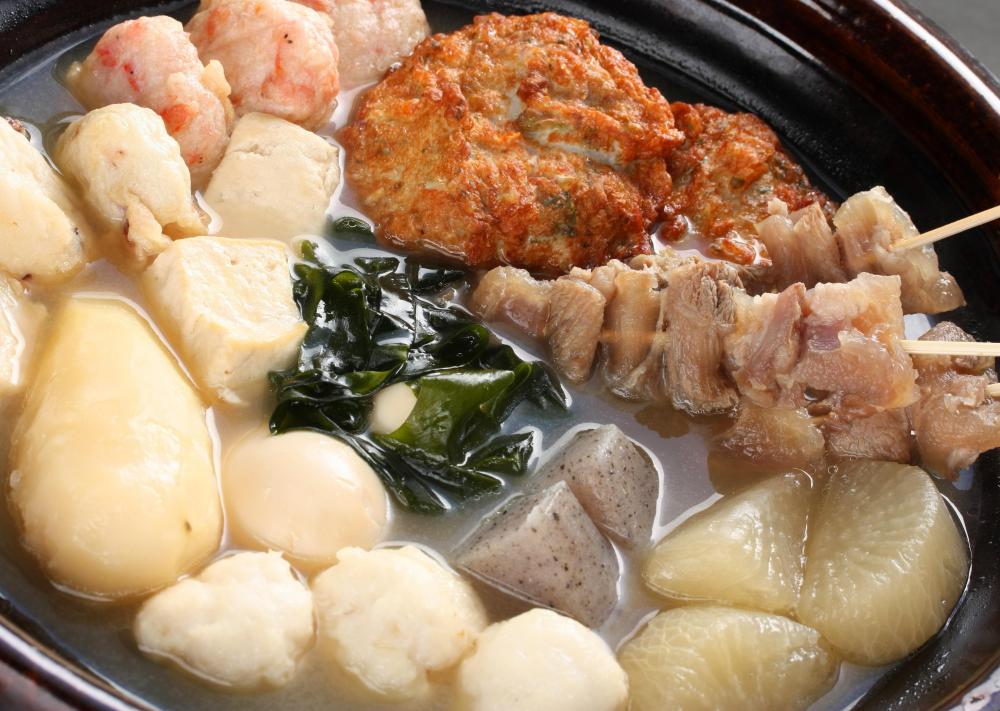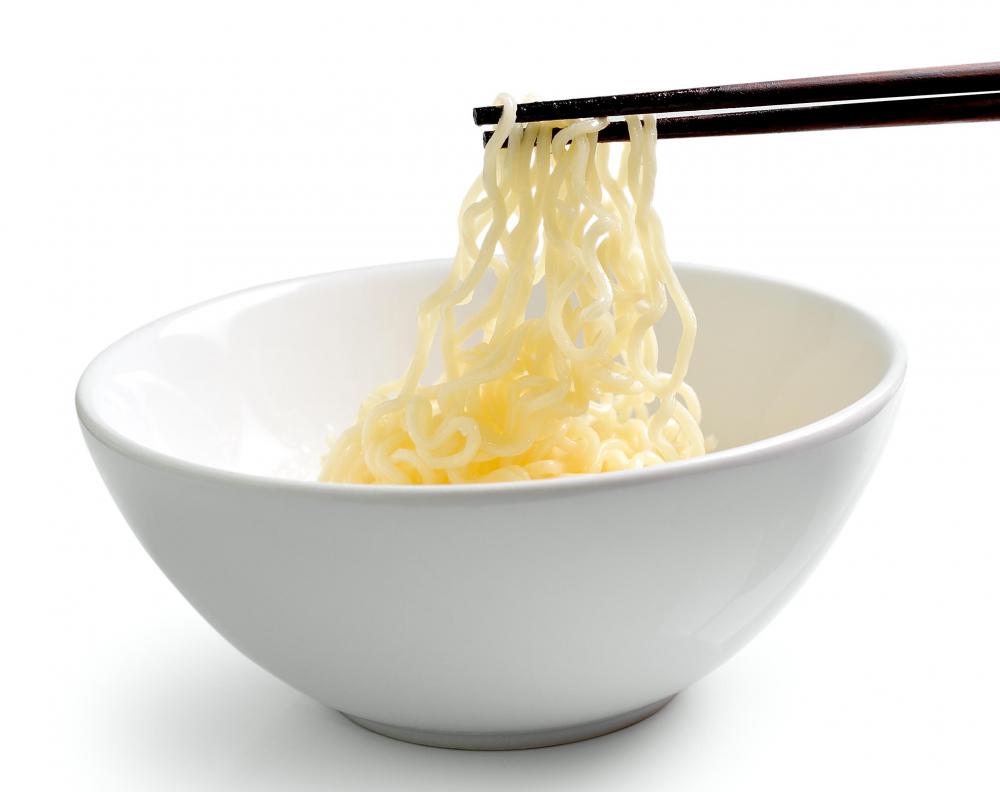At TheHealthBoard, we're committed to delivering accurate, trustworthy information. Our expert-authored content is rigorously fact-checked and sourced from credible authorities. Discover how we uphold the highest standards in providing you with reliable knowledge.
What is Konjac?
The konjac plant of Asia produces a starchy fiber used in many health foods of Japan. It often exists in a gelatinous form, though it also can be produced with a stiff, rubbery finish similar to Western fruit leather. Some common foods that include konjac include vegan gelatin, flour, and herbal supplements.
This plant is typically known by more colloquial monikers. The most common is devil's tongue. The plant is also referred to as snake palm, elephant yam, and voodoo lily. In addition to Japan, the perennial plant can be found growing in China and Indonesia.

In Japan, when the plant is used in cooking, it is known as konnyaku. Konnyaku is largely tasteless. The slightly salty, grey mass is prized for its texture rather than its taste. It is typically firmer than traditional Western gelatin, and often served in the form of thin strips or a thicker, rectangular bar.
Many signature Japanese cuisine dishes and snacks contain konnyaku as an ingredient. Fruit jellies, such as lychee cups or candies, are made from the plant. Noodles and tofu alternatives also often contain konjac.

Some areas have banned the sale of konjac products. Expecting a similar product to traditional gelatin, several people have underestimated the need to chew the snacks. Some have consequently fatally choked on the foods. Those who do choose to consume these products should remember to chew them well before swallowing.
It is also important to know that the plant is not digestible. High in fiber and nearly calorie-free, it works as a natural laxative. For this reason, it is often hailed as an intestinal aid, and taken to help people regulate bowel movements. Dieters also enjoy the food, as it is known for its appetite suppressant capabilities. Diabetic patients may also be able to manage their bodies' glucose levels with the extract.

As a supplement, konjac can be taken in a variety of ways. A tasteless powder is available for those who do not wish to consume products made from the plant. It can usually be implemented into other food dishes easily. Capsules are also available. Tablets for this supplement are typically not used, as they can swell during swallowing, causing a choking hazard.
When taking this supplement, a full glass of water is usually needed. This will usually prevent the taker from choking on the capsules or powder. Some side effects can occur while taking konjac, including flatulence, diarrhea, and stomach discomfort.
AS FEATURED ON:
AS FEATURED ON:
















Discussion Comments
I've been dieting for about two months and recently discovered konjac noodles. Not only are the noodles delicious, they are low in carbohydrates, calories and fat. One serving has about 24 calories and because they are high in fiber, after I eat them I feel full for hours.
Konjac fiber isn't one of the most well known supplements but it has many medical benefits. It works well to relieve constipation, improves colon health and helps to lower cholesterol.
Konjak fiber can also be used as a diet aid. Taking it an hour or two before a meal can delay your stomach from emptying, helping you feel full and keeping you from eating as much as you normally would.
Post your comments